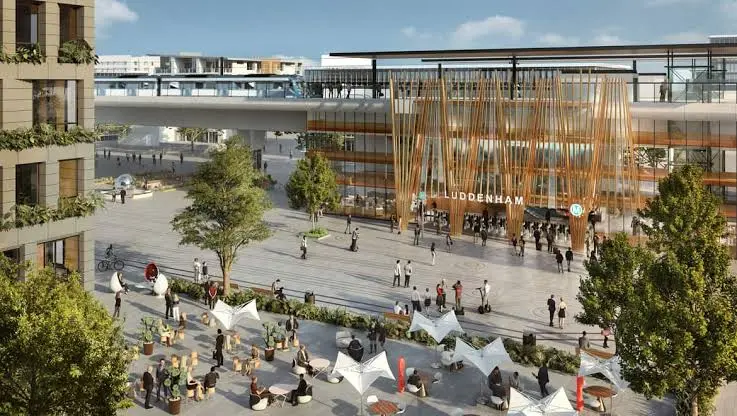Written by Jack Haritos
Long commute times, expensive housing, and air pollution. These negatives are sadly accepted by many Sydneysiders as a reality of living in the emerald city. However, we have come a long way forward from the days of no public transport, and poor sanitation that plagued Sydney in years gone by. Similarly we must come forward with our planning and development to build the city of tomorrow. What should our key priority be? Simple, high rise with rail connectivity.
To give context, our urban rail network has been under construction for 170 years, the original line between what is now Redfern and Parramatta took commuters about 40 minutes and nearly $50 in today’s money for open air third class. The new metro line when completed, thanks to the pervious Liberal government, will slash this time in half, and cut the price to only a few dollars. At either end there will be two grand urban centres with residential, shopping office space, and other commercial outlets. This must serve as a blueprint for what the rest of Sydney must become before 2050, or else our longstanding problems will remain.
Sydney is a city bursting at the seams, under the old idea of urban sprawl, it has outgrown its basin and reached the limits of its national parks. The solution is simple and necessary, go upwards. This more environmentally friendly approach to cities allows for greater efficiency and community within a smaller footprint. Clustering residential high rise together allows for urban consistency, and balances the needs for mass housing with maintaining heritage and character of older single dwelling and terraced neighbourhoods. Using old industrial areas and existing commercial land as well as disused transit space would draw less criticism and roadblocks from local governments and so-called NIMBY’s.
Furthermore, more housing means greater supply in what is Australia’s, if not one of the world’s toughest housing markets. Surely increasing supply is the most appropriate solution to the greatest political crisis of the age? Rather thanresorting to populist measures such as vacancy rates and rent freezes, that have had generally sour results in our cases. For unless supply magically declines and the environment becomes less cherished in the public imagination, then skywards we must reach.
Another reason why high-density development around public transport is a revolutionary idea, is that it shortens commuter times for workers. One of the biggest barriers to decent employment and workplace productivity is the length of time spent commuting to and from work each day. Although the pandemic increased work hours flexibility across offices, the original headache remains. A solution lies in workers living with transport at their doorstep. When workers need to travel less, they tend to arrive less tired and more enthusiastic while performing more productively at work. Thus, the benefits for commuter connected high rise seem economically advantageous.
The economic rationale does not end at people transiting away. Residences connected to transit also provides space for shopping centres and businesses both large and small to operate for an ever-present base of customers. The convenience of this arrangement would support positive economic growth and help pay for the upkeep and construction of urban transit. Such as was done in Honk Kong and Singapore, where public-private partnerships have successfully developed world class projects.
Sydney is a city of change. Greater density around urban transit is a remedy that can have numerous benefits. All that needs to change to implement this is political willpower, and that is something we may not see this term of government.
Jack Haritos is a member of the University of Sydney Conservative Club

